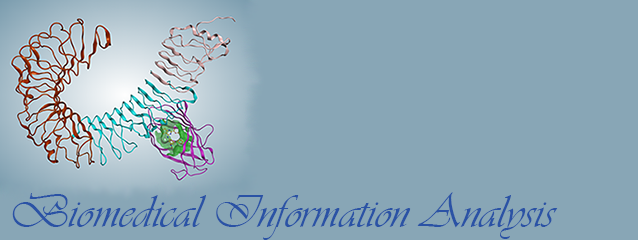Drug Discovery
- Structure-Based Drug Design
- Target-Based Drug Design
- Solved Structures vs Predicted Structures
- Ligand-Based Drug Design
- Interface Drug-Design
- Target-Based Drug Design
- Virtual Screening
- Ligand-Based Virtual Screening
- Structure-Based Virtual Screening
- Virtual Compound Libraries Generation
- Scaffold Replacement, Fragment Linking, and Fragment Growing Virual Libraries
- Breeding Virtual Libraries
- Reaction-Based Virtual Libraries
- QSAR Modeling
- Integrated Drug-Discovery Projects
- Structure-Based Drug Design
- Virtual Screening
- Virtual Libraries
- QSAR Modeling
- Integrated Drug-Discovery Projects
Structure-Based Drug Design
The main goal of structure-based design is to utilize the information about target proteins, DNA, RNA, and other recently discovered biological molecules. The title of “receptor-based” design appears historically from the time when scientists thought that only receptor molecules can be a target for pharmaceutical intervention. We will use farther the term target-based design.
Protein targets: Solved crystal structures vs Predicted structures
The majority of structure-based design is done on the basis of proteins. One needs a structure of protein to start such a project. There are around two million proteins in human and estimated number of proteins in all species most probably is more than 10 mln. The protein data bank contains around 70,000 proteins structures solved by X-ray crystallography or NMR (and increased in increments of around 7–8 thousands structures per year). It means that in near 100 or more years the number of unsolved structures will still be overwhelming.
Types of design based on structures
-
Target-Based Drug Design
-
Ligand-Based Drug Design
-
Interface Drug-Design


